Cornflower
Cornflower is an annual flowering plant, bearing rich blue flower which has a charm of its own. It belongs to the daisy family of Asteraceae. This flower is nicknamed “cornflower” and is native to Europe. Its rich blue flowers are used for flower arrangements and garden decoration. Cornflower is grown wild in the grain fields of Southern Europe. It often grew as a weed in the fields of rye, wheat, oats and barley and hence its name. Cornflower is endangered thesedays due to excessive use of herbicides.
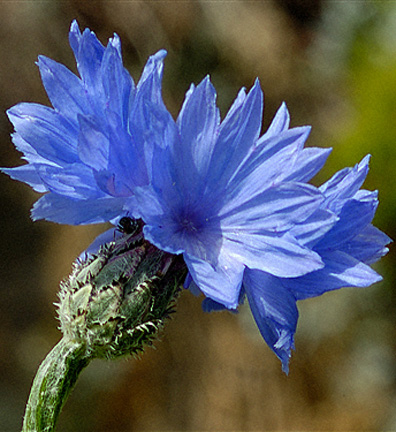
Cornflower
Table Of Content
Cornflower Latin Name
The scientific name for Cornflower is Centaurea cyanus.
Cornflower Common Names
The common name for Cornflower are Bluebottle, Blue Poppy, Barbeau, Witch’s Bell, Brushes, Bachelor’s Button, Cyani Flower, Boutonniere flower and Hurtsickle.
Cornflower Description
Cornflower is an annual plant which grows up to 1 to 3 feet tall depending upon its variety. The upper portion of the plant is multi-stemmed and bears flowers. Their stems are branched and are grey green in color. Their leaves are 1 to 4cms long with tapering to a point at each end. The flowers have a deep intense blue color with a large ring of florets spreading around a round disk of florets. The flowers are hermaphrodite. The plant flowers in June to August, while the seed ripens on August to October.
Cornflower Varieties
Here are some of the popular varieties of Cornflower.
- Polka Dots: Blues and Reds
- The Bride: has white blooms with fragrance
- Blue Daimen: has dark blue blossoms with large doubles
- Dairy Maid: has yellow blooms and is an oriental species
- Frosty: it comes in white, pink, blue and red hue
- Jubilee Gem: Dark blue with double flowers
- Tall Double Mixed: very tall, comes in pink, mauve, red and blue flowers
Cornflower History
Cornflower has its history dating back to the ancient Greeks. The Greek mythology has referred to the cornflower as the flower with healing properties. Folk tales of the romantic legends who wore this flower has been known and hence the name “Bachelor’s Button”. In Old England, young girls who were single wore this flower as a sign of availability.
Cornflower Health Benefits
It contains substances like tannin and potassium salts. Cornflower has properties like antipuretic, astringent, mild purgative, emmenagogue, weakly diuretic, antitussive and tonic.
Cornflower Distribution
Cornflower is native to Europe. It has declined in the north Western Europe. It is grown in the Mediterranean countries. This flower once occurred widely throughout United Kingdom but it has declined considerably these days and is confined to only few sites like Lincolnshire, Isle of Wight and Suffolk. Self sustaining population is still present in South and eastern part of England and in Wales.
Cornflower Habitat
The plant requires a well drained soil. It prefers sandy loam soil and can grow in a soil which is nutritionally poor.
Cornflower Cultivation
Cornflower grows in ordinary garden soil. They prefer a well drained soil with a sunny position. The well established cornflower plants can tolerate drought. It would do well with average water daily. The pH of the soil should be neutral to mildly alkaline. Plant the seeds just beneath the surface of the soil and it would germinate in a week or two. To prolong the blooming season, remove the older flowers from the plant.
Cornflower does well without fertilization and the flowers bloom more when crowded. This flower can be a good companion for cereal crops in small number; however, if grown in large number can deprive the cultivated plant of its nutrients. Cornflower is used as an ornamental plant and for the cutflower industry by the florist. Bachelor buttons are the easiest flowers to dry and they reatsin their color even after drying, hence are cultivated for everlasting arrangement. This flower is a cutting garden favorite.
Cornflower Propagation
The seeds are sown in March in the Greenhouse. Within a month or two, when they are large enough, they can be transferred to the individual pots and planted outside in May. For an early summer flowering, one can sow the seeds in August to September.
Cornflower Edible Uses
The flowers of the plant can be eaten raw or cooked. It has a sweet to spicy flavor, often referred to clove-like flavor. The shoots of the plant is edible too. The fresh florets of the plant can be used as a vegetable or a garnish for the salad. A blue dye is obtained from the flower which can be used as a coloring for sugar and confectionaries. Cornflower is also used as one of the ingredient in tea.
Cornflower Recipes
- The petals of cornflower are used in salad to give it a vibrant color.
- The petals are used in cornbread muffins.
- Used to garnish food items.
Cornflower Medicinal Uses
Cornflower or cornflowers were used traditionally for it herbal uses.
- It has been use traditionally for the treatment of indigestion, regulation of kidney, gall bladder and liver.
- Helps in regulation of menstrual disorder.
- Helps in increasing resistance to infection.
- It is effective in washing out wounds.
- Its infusion can be used in the treatment of mouth ulcers and bleeding gums.
- Infusion can be used for treatment of dropsy and constipation.
- It helps in the treatment of eye area and infection.
- It has antioxidant, antibacterial and astringent properties hence can be used to cure irritated or inflamed skin.
- It is used in hair products.
- The distilled water from its petals was used for weak eyes and conjunctivitis.
Cornflower Other Uses
- A dark blue dye can be obtained from the petals of the flower that can be used to color linen.
- The dried petals of the flower are used in pot-pourri to add color.
- The cornflower oil is used for cosmetic purpose.
- The cornflower leaves are used in facial cleansing steam for dry and sensitive skin.
Cornflower Side Effects
It is always advised to consult a qualified physician before using any plant as a medicine. Special precautions should be taken before using cornflower medically.
- During pregnancy or breast feeding, it is better to stay on the safer side and avoid the use of cornflower.
- People allergic to daisies, ragweed or other related plants should check with the health care provider before using or consuming cornflower.
Cornflower Oil
The oil extracted from the cornflower is used as a beauty product beneficial for skin care and under eye products. The oil has anti-inflammatory property beneficial for soothing the skin. The cornflower oil has similar effect like the essential oil of chamomile.
Cornflower Symbolism
Blue Cornflower is a national flower of Estonia which symbolizes the daily bread to the people of Estonia. It has been a party symbol of some of the political parties of Estonia and denotes liberalism. The province of Ostergotland Sweden has blue cornflower as its official flower. Blue cornflower is also the national flower of Germany. It has been an inspiration to the German Romantic symbol. Since the flower signifies national emblem of unity of Germany, it has been made an official symbol of annual German-American Steuben Parade.
Cornflower also symbolizes amyotrophic lateral sclerosis and motor neuron diseases. Folk tales of men in love wearing cornflower to express love to their beloved, if the flower faded quickly, it meant that the man’s love was not returned.
Cornflower Diseases and Pests
Cornflowers may be infected with aphids but they can be easily removed by washing the flower with a strong spray of water. Rust and powdery mildew are some of the other fugal diseases that may infect the plant. It can be prevented by spraying fungicidal soap or sulfur.
Cornflower Threat
Like any other farmland plants, cornflower has suffered adversely due to increasing use of pesticides and fertilizers. Increasing industrialization of agriculture, destruction of field edges and development in improved pastures are some of the reasons for the decline of cornflower population. Competitive crop varieties and intensive agricultural practices trigger the decline of cornflower.
Cornflower Conservation Status
Cornflower population has decreased in North Western Europe. United Kingdom and Wales has listed cornflower as an endangered species and has provided protection under schedule 8 of Wildlife and Countryside Act.
Cornflower used to be abundant earlier but has decreased due to intensive agricultural practices, therefore, needs to be taken care of else would be in danger of disappearing like the other farmland plants. It has been listed in UK biodiversity Action Plans. It is also set into English Nature’s Species Recovery Program. The current population of the cornflower should be managed and the present sites should be preserved.
Cornflower Pictures
Here are some of the pictures of cornflower.
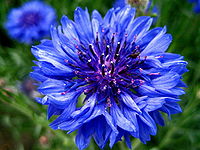 Picture 3 – Cornflower Picture
Picture 3 – Cornflower Picture
Reference:
http://www.naturalmedicinalherbs.net/herbs/c/centaurea-cyanus=cornflower.php
http://www.ageless.co.za/herb-cornflower.htm
https://www.britannica.com/plant/bachelors-button
http://www.pfaf.org/user/Plant.aspx?LatinName=Centaurea+cyanus
https://www.seedaholic.com/centaurea-cyanus-cornflower-wildflower-738.html
- by Bebaychna Rai
- January 29th 2012

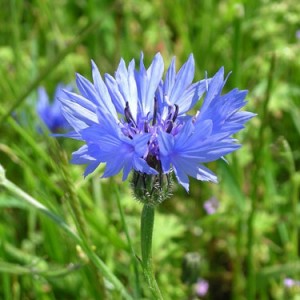
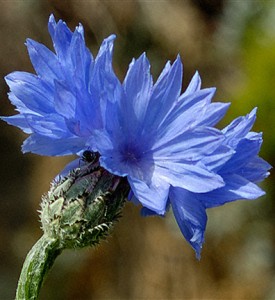
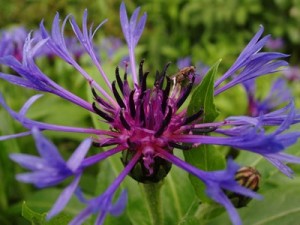
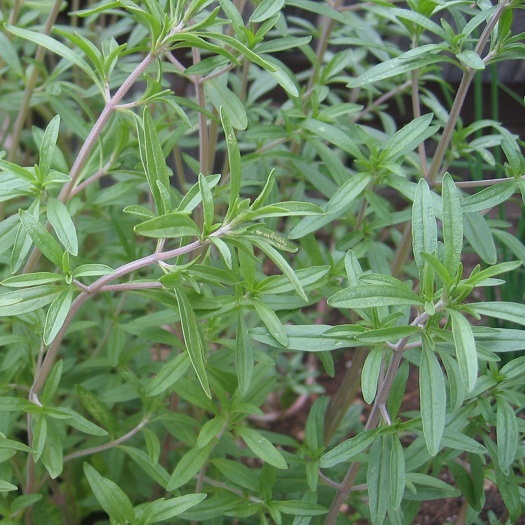
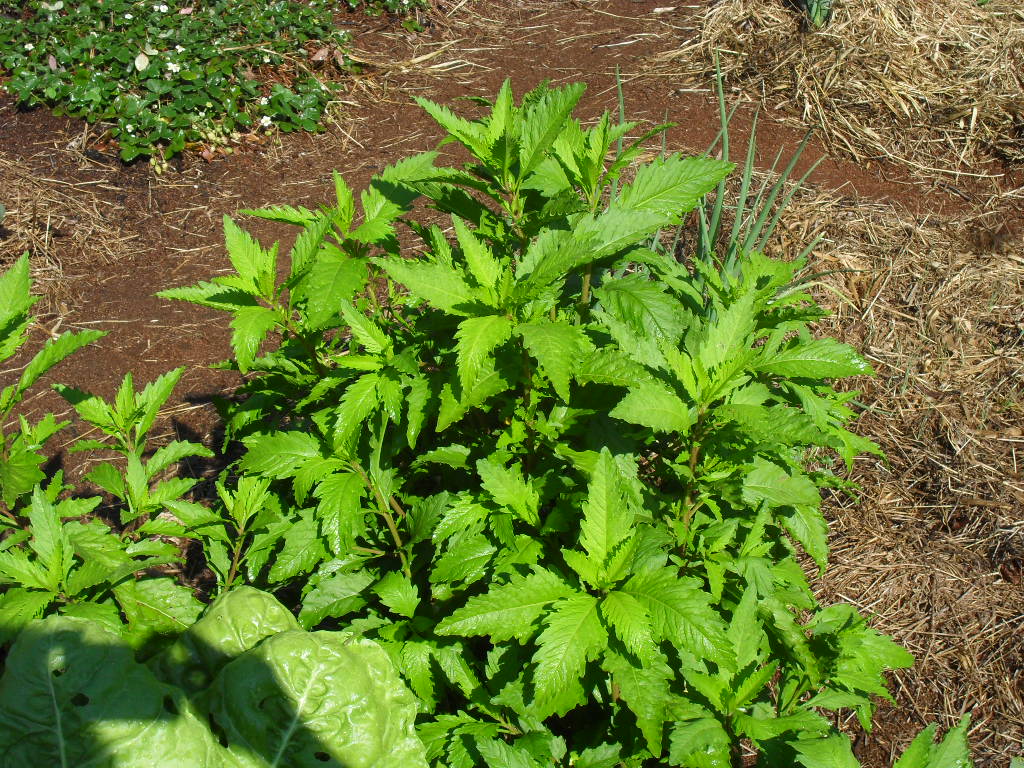

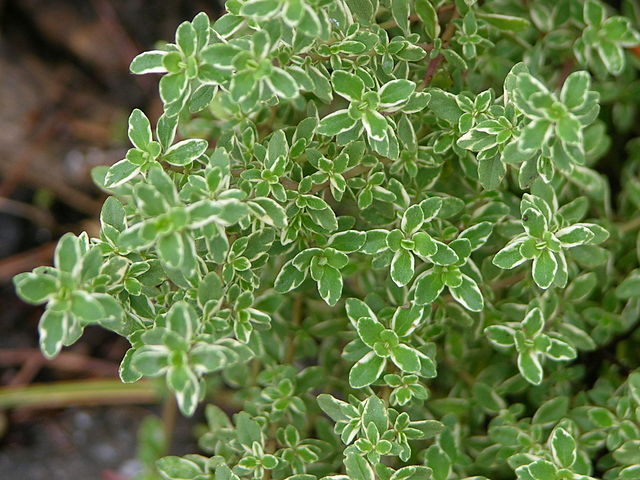















Leave a Reply